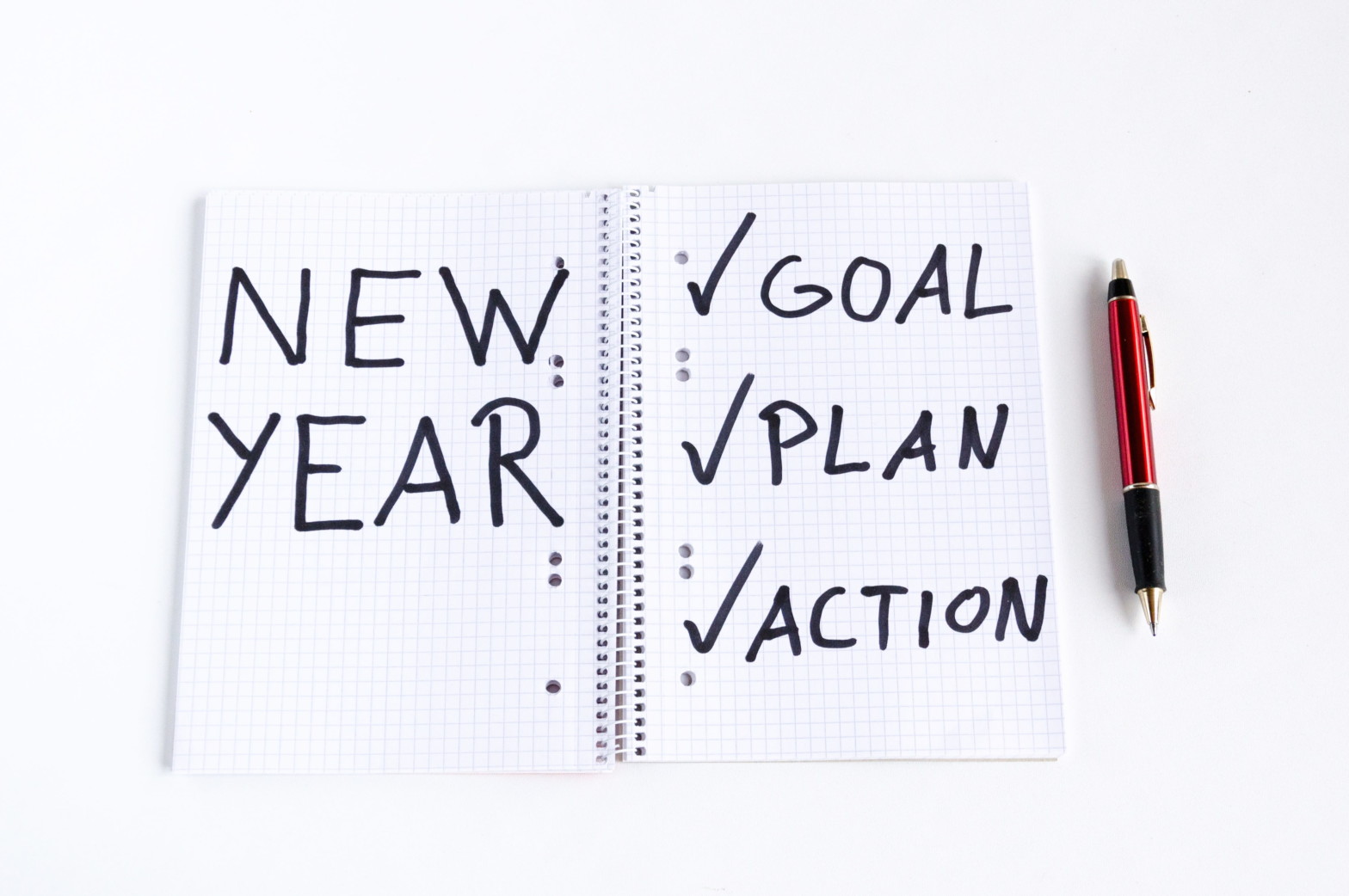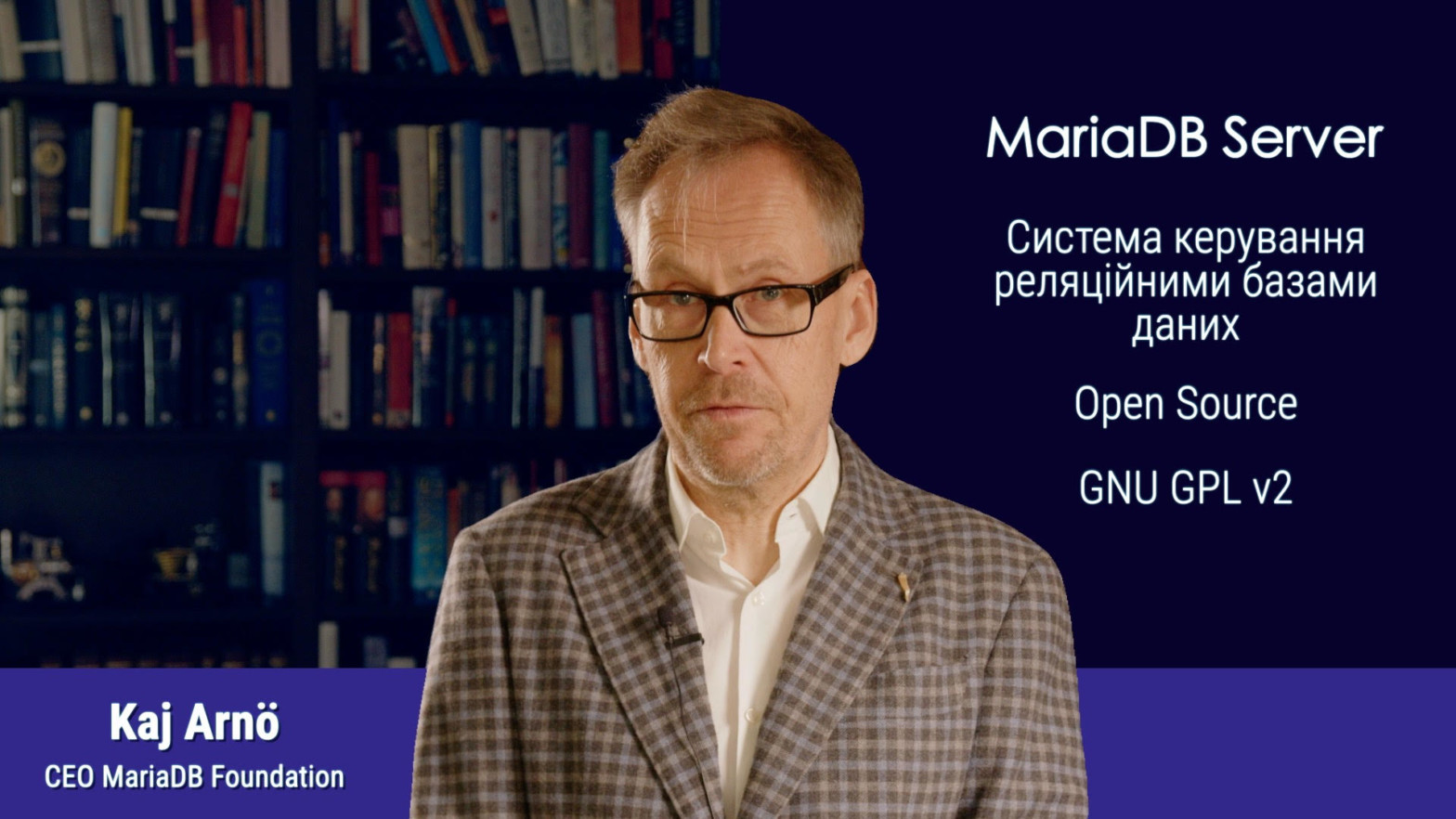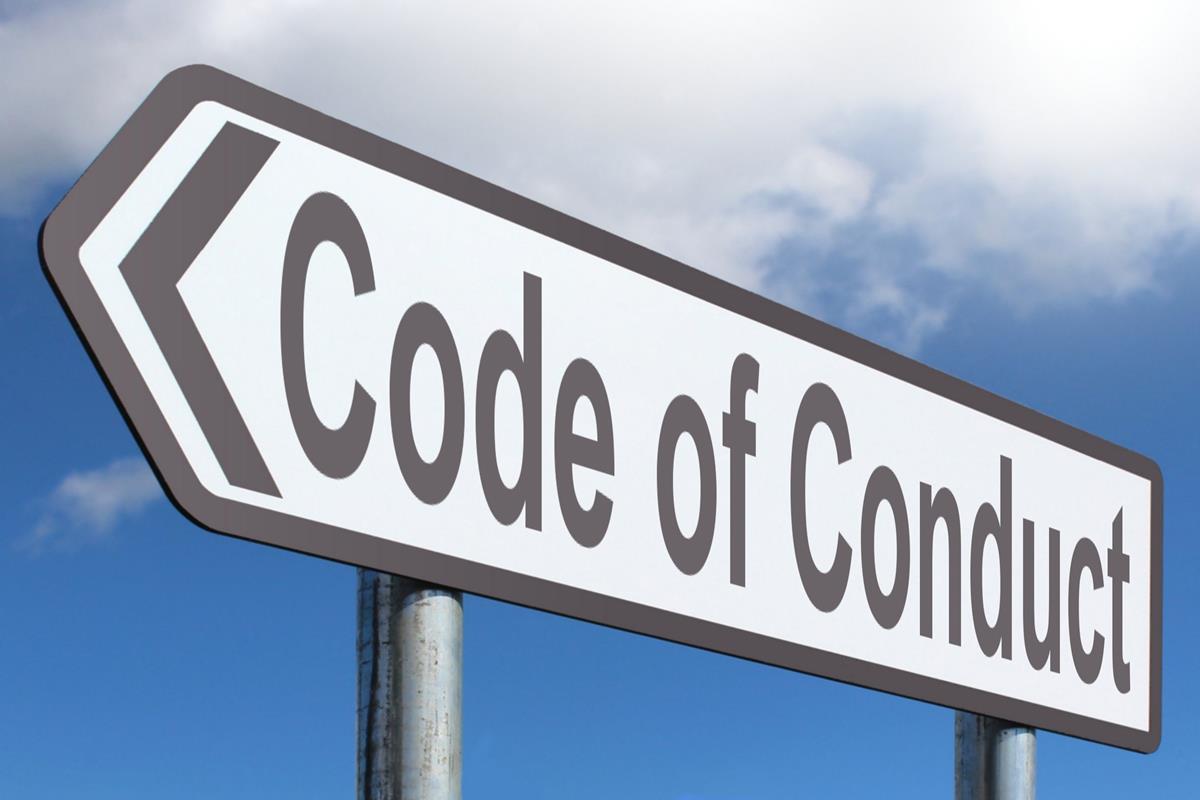Category Archives: General
From near and from far, the same thing – in this case MariaDB plc – can look quite different. It’s all doom and gloom in an Infoworld article on MariaDB plc Can MariaDB’s enterprise business be saved? and its French translation in Le Monde Informatique L’activité entreprise de MariaDB bientôt liquidée ?
The turbulence seems exaggerated
True, our mission to provide Continuity is there to give users – including MariaDB plc customers – the confidence needed to continue using MariaDB Server under all circumstances. However, the turbulence portrayed in the press gives an unnecessarily bleak picture.
…
Continue reading “MariaDB plc – looking forward to business as usual”
Our Sea Lion celebrates the end of a successful year, with a touch of Christmas spirit. We asked our AI Santa to create artwork that “evokes a sense of gratitude, optimism, and the magic of the holidays beneath the waves” – let me accompany the outcome with some reflections on the successful ending of the year.
Homework: What makes you feel good?
The trigger for the reflections was the last team Zoom meeting of the year, on Tuesday. I had asked everyone to prepare by doing a personal recap of what has happened the last three months (basically since our Staff meeting, (Un)conference, and MariaDB Server Fest early October).
…
Remember our open letter, Looking for MySQL 5.7 or 8.0 guinea pigs?
We caught a nice German guinea pig!
We caught a nice guinea pig, a German one, from Hannover. They are currently using MySQL 5.7 (as was our prime wish), and they will be doing a live migration to MariaDB 10.11. They have 1.000.000.000 queries a day, their database size is 412 GB, and our goal is to the migration of the production data in less than five minutes – during our MariaDB Migration Workshop at our pre-FOSDEM event on Friday 2 Feb 2024.
…
“Generative AI is a can of worms that has to be opened”. That was the laconic comment from a senior industry influencer, when I shared MariaDB Foundation’s plans for successively making MariaDB Server a platform for AI solutions. The statement combines the opportunity with the inevitability, the complexity with the need for stepwise refinement.
Late to the game?
Are we late to the game? I believe not. I believe this is the right timing. Open Source isn’t a pioneer when it comes to basic research or even early product development.
…
MariaDB Server has lots of energy and potential to increase its impact amongst Open Source RDBMSes. As the CEO of MariaDB Foundation, I’m happy to note that I can finally share a positive outlook for the next chapters in the story of MariaDB Server, based on what is happening with its namesake commercial entity, MariaDB plc. After years of missed opportunities, let me share with you why and how I have entered into this positive mood.
The Foundation and the plc are two separate entities …
Let me begin by reiterating what is clear only to those following MariaDB Server very closely, namely that MariaDB Foundation and MariaDB plc are two separate entities, with separate governance, separate staff, and separate – although not conflicting – goals.
…
Continue reading “A positive new chapter for MariaDB Server”
When setting long-term goals, striking the right balance is difficult: Not too generic (fluffy), not too specific (micromanagement). Not too few (lack of challenges), not too many (overwhelming). Consistently focusing on core values, while adapting to changes in the environment.
MariaDB Foundation’s internal goal setting process for 2023 seems to be working out well – and some lessons learned may be of interest even to our community.
The most important lesson learned is about our half-year review.
Adverse conditions when planning 2023
We set our 2023 yearly goals in December, with an emphasis on the first half of the year.
…
Continue reading “On yearly goals, plc woes and habits at MariaDB Foundation”
In a movie theater near you, expect to soon see an explanation of MariaDB Server and MariaDB Foundation in your own language! That is, providing you speak one of the good dozen of languages we have frequently encountered in the MariaDB Server ecosystem.
English is a least common denominator
Like a majority of the MariaDB Server users, most of the developers behind MariaDB Server are non-native English speakers. We use Bad English as our lingua franca. Our pronunciation may be bearable to OK, but as with most techies, our understanding of written and spoken English is OK to good.
…
It may be long overdue, but based on recent events, we have launched Code of Conduct project at MariaDB Foundation. Our aim is to get your feedback and define a CoC, ideally by end of January, if we see convergence.
In the meantime, if we see unacceptable behaviour on the MariaDB mailing list or elsewhere, we will take action. We want to extend our apology to those who have had unpleasant experiences, about which we have done nothing in the past.
As for the code of conduct wording, our goal is to keep it short. Lofty goals often trigger distractive debates;
…







